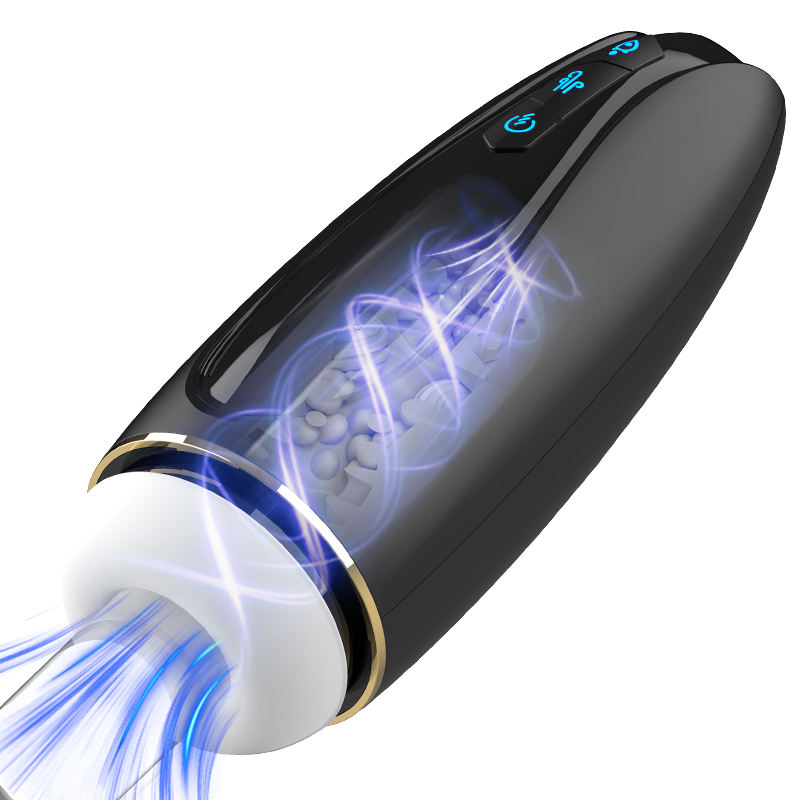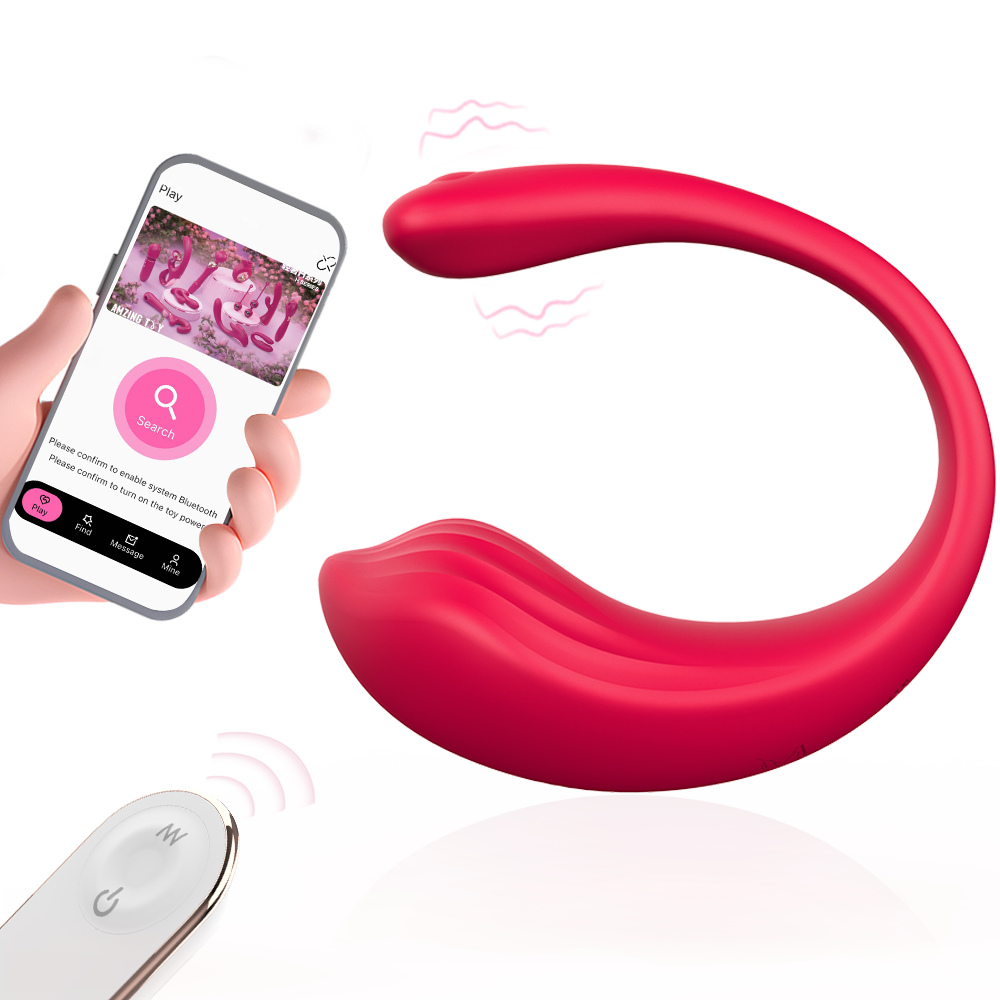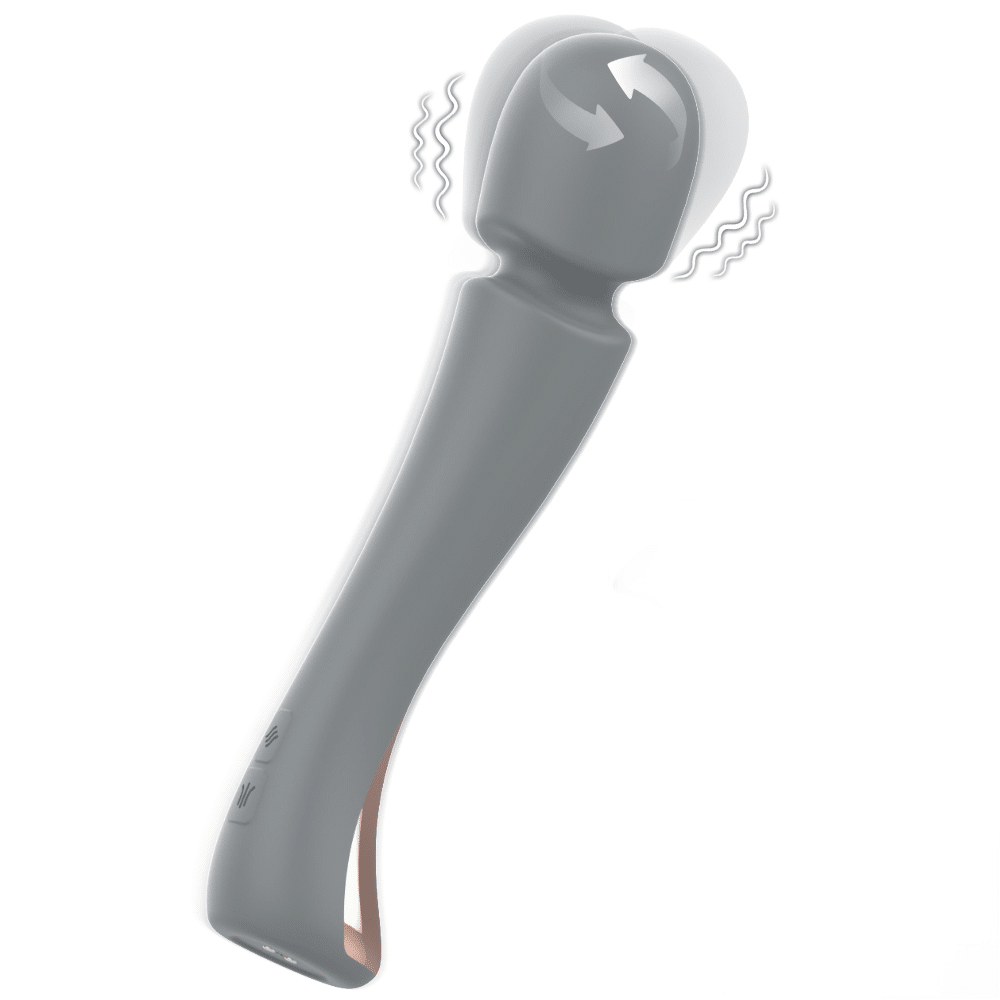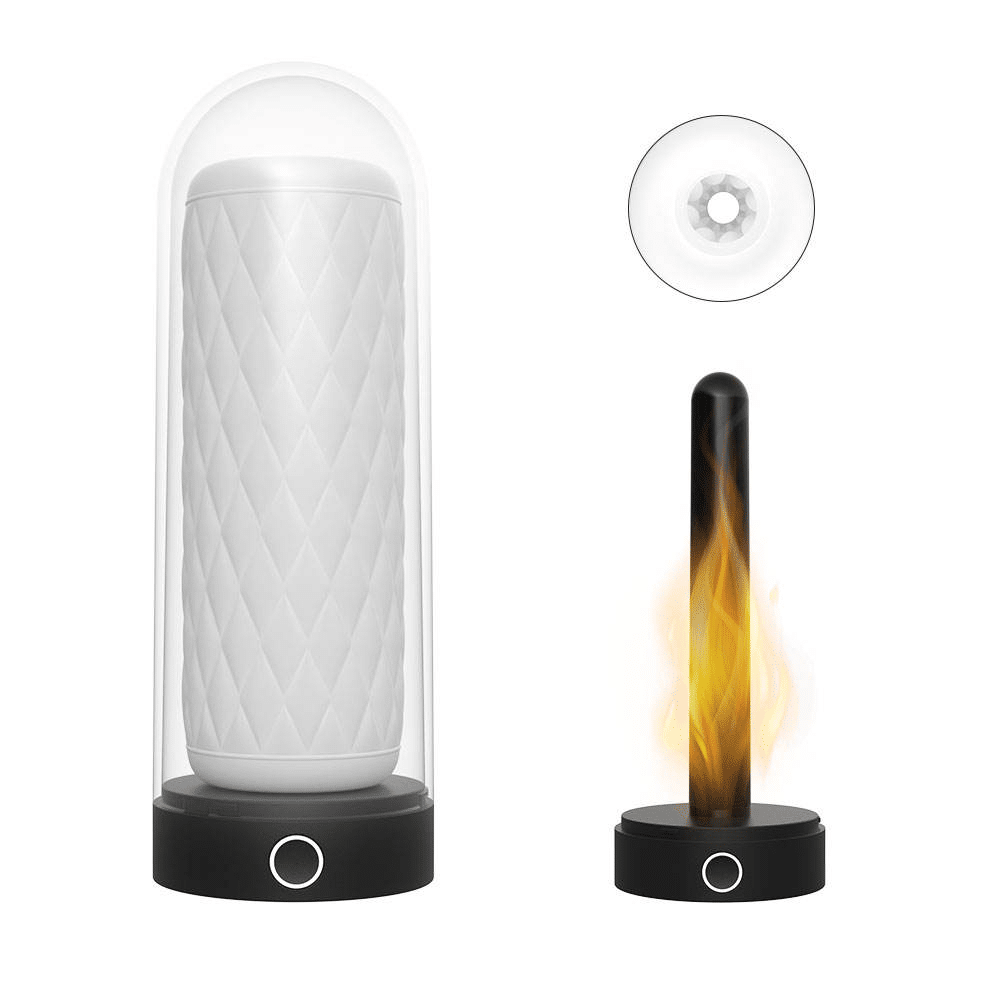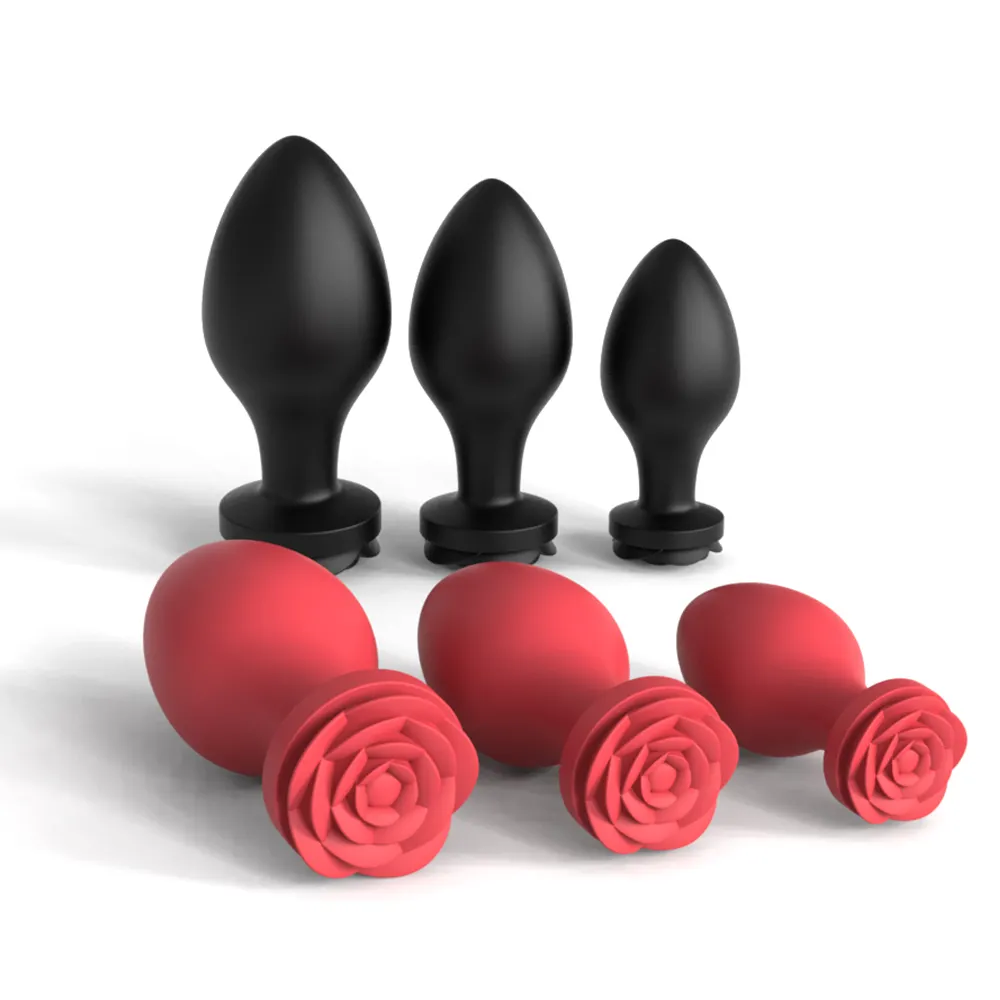Table of Contents
Toggle
I believe all B2B clients approach factory marketing materials with a healthy dose of skepticism.
Success stories tend to follow similar patterns, but each failure holds its own valuable lessons.
Today, we want to share the story of a “failed” product that never made it to market—because it defines Luxora’s design philosophy more than any successful product ever could.
The Project: An Ambition “Too Far Ahead of Its Time”
Picture this: it’s 2018, and our engineering team was captivated by the wave of IoT enthusiasm.
We pitched what seemed like the holy grail of smart products—a device using integrated biosensors to automatically adjust its functionality based on real-time heart rate monitoring.
The concept was seductive: why should users manually choose settings when the device could optimize performance for them?
We fell in love with the elegance of our concept so deeply that we forgot to ask the fundamental questions that now anchor every Luxora project:
What problem does this solve? And more importantly, are we solving it in a way users will find genuinely valuable?

The Mistakes We Made and the Painful Lessons Learned
Our project unraveled through three critical missteps.
Shutting down a project you’ve poured your heart into feels like admitting defeat, but it was a necessary and incredibly valuable lesson.
These mistakes now serve as the foundation for our risk assessment in every new development.
| The Mistake | The Impact | The Core Lesson |
| The Technology Trap | We became so enamored with technical possibilities that we ignored market realities. The 2018 biosensor tech was prohibitively expensive and frustratingly unreliable. | Innovation must be grounded in viable, stable technology. A “cool” feature is worthless if it doesn’t work consistently and affordably. |
| The Arrogance of Experience | We assumed automation was always an improvement, designing a “fully automatic” experience. This stripped away the sense of control users actually craved. | A product’s purpose is to empower the user, not manage them. Never confuse technical capability with genuine user desire. |
| Uncontrolled Costs | The final blow was financial. Sensor components alone consumed 60% of our projected retail price, and that was before factoring in firmware, compliance, and support. | A project must be financially viable from the start. Rigorous cost-ceiling safeguards are non-negotiable. |

The 3 Luxora Design Principles Born from Failure
From the ashes of that project emerged three non-negotiable principles.
These weren’t crafted in a boardroom; they were forged through expensive trial and error and now guide every client partnership.
Step 1: Technology Serves People, It Doesn’t Dominate Them.
Our biosensor project failed because we inverted this relationship.
We now ask: does this technology enhance human capability or replace human agency?
The goal is to create tools that empower users, not devices that make decisions for them.
Step 2: Stability and Reliability Are the First Priority.
The painful lesson of fluctuating sensor accuracy taught us that no amount of innovation matters if the core function isn’t rock-solid.
Every component and process must pass our reliability threshold before we consider any advanced features.
Step 3: The Best Experience is Simple and Intuitive.
Our obsession with automation blinded us to a simple truth: users derive satisfaction from understanding and controlling their tools.
We now consistently advocate for solutions that feel effortless to use, not just impressive to engineers.

How This Failure Shapes Our B2B Partnerships Today
The project’s collapse rewired our approach to innovation.
We shifted from chasing cutting-edge features to mapping genuine user pain points.
This experience also catalyzed the development of our comprehensive risk management framework.
The result is a clear evolution in our R&D approach, which directly benefits our B2B partners.
| Before the Biosensor Project | After: Our Current R&D Process |
| Focus: Technology-first, feature-led | Focus: User-first, experience-led |
| Process: Unstructured experimentation | Process: Multi-stage evaluation with clear checkpoints |
| Risk: High, with potential for costly overruns | Risk: Managed, with cost and technology safeguards |
| Outcome: Innovative but impractical concepts | Outcome: Sustainable, market-ready products |
This systematic approach allows us to identify potential failure points before they consume resources, ensuring your project’s innovation happens within controlled parameters.
Conclusion: We Are Not Ashamed to Talk About Failure
In an industry that markets perfection, we’ve found that transparency about failure builds stronger B2B relationships than any polished case study ever could.
This story isn’t just about vulnerability; it’s evidence of what business scholars call “organizational learning“—the ability to extract value from setbacks and channel those insights into customer-focused strategies.
When potential partners see how we transformed expensive missteps into operational wisdom, they gain confidence that their projects won’t suffer from the same blind spots.
Our failures have made us better, smarter, and safer partners for your brand.
Frequently Asked Questions (FAQ)
Q: Does Luxora still explore cutting-edge technology?
A: Absolutely. The lesson from our past wasn’t to avoid innovation, but to ground it in reliability and genuine user needs.
We continuously explore advanced technologies, but they are only integrated into a product when we are certain they offer a stable, intuitive, and truly meaningful enhancement to the user experience.
Q: What is the typical R&D cycle for a new product?
A: While the cycle varies based on a product’s complexity, a typical project ranges from 6 to 18 months from concept to mass production readiness.
Our past experiences helped us build a more robust project evaluation and risk management process, ensuring we balance speed-to-market with the rigorous testing required for a successful and reliable product.
Q: How can B2B clients get involved in the new product R&D process?
A: We consider our B2B clients to be our partners in innovation.
Clients are involved from the very beginning, starting with collaborative workshops to define goals and user needs.
Throughout the development process, we maintain transparent communication, sharing key milestones, prototypes, and testing data.
Your feedback is crucial in shaping a final product that succeeds in the market.

